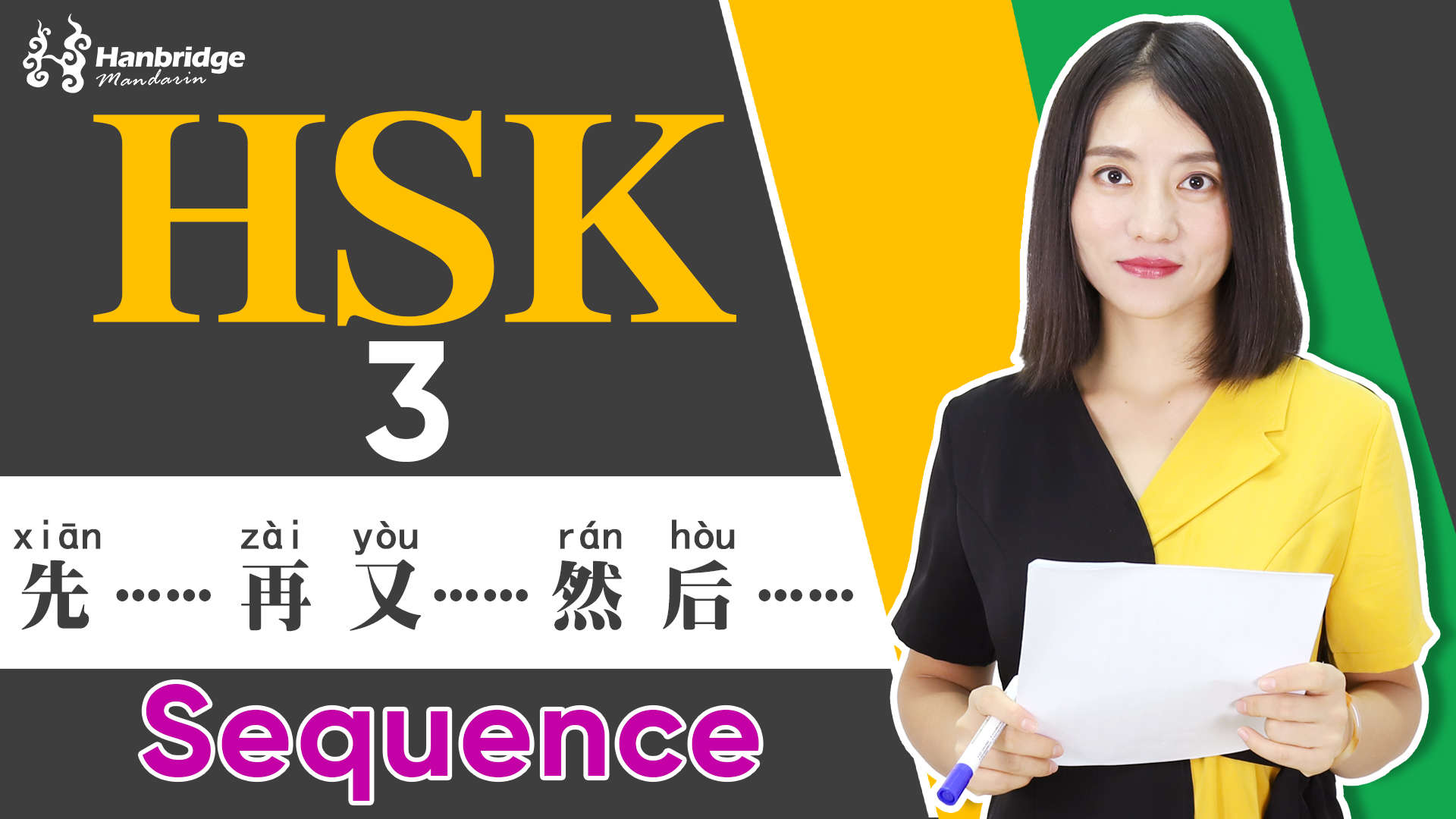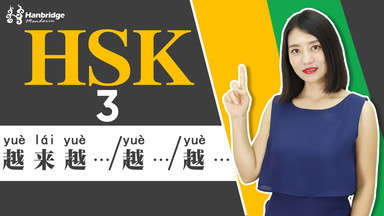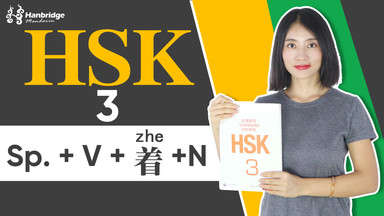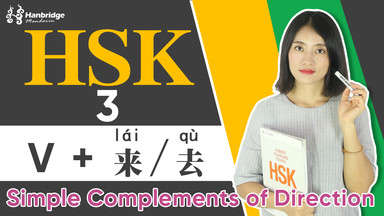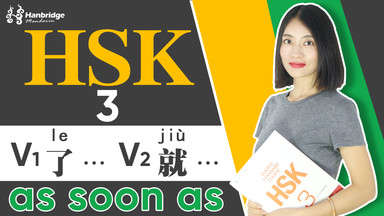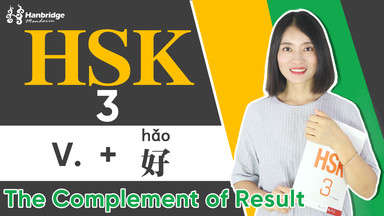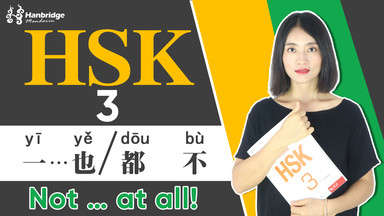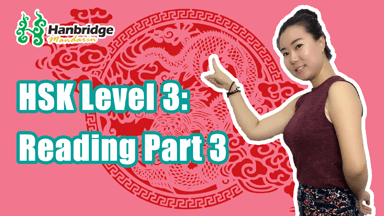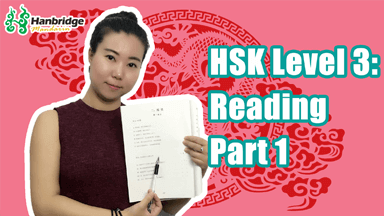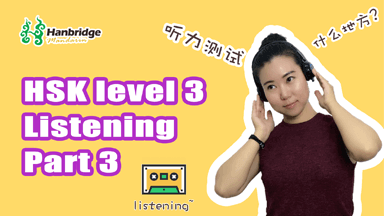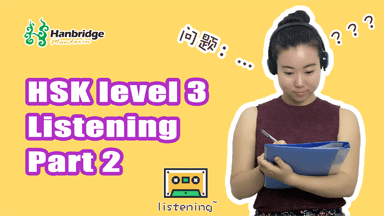HSK 3 Sentence Structure 6


Teacher: Vikki Lv Experience: 4 years
HSK 3 Sentence Structure 6
Teacher : Vikki Lv
你好!我是汉桥的老师,欢迎大家和我一起学习HSK3. A lot of Chinese learners know how to say “I can’t understand.“ 我听不懂。
But do you know how this sentence is constructed?
Today we will learn about complements of possibility introduced by “V不+complements” and its affirmative form “V 得 + complements”.我们开始吧!
In Chinese ,“V得+ result”(complement of result) can be used to indicate a result can be obtained or a goal be reached, and “V 不 + result“ to indicate a result cannot be obtained or a goal not to be reached.
For example 我听不懂。
The action is听 to listen, and the goal of listening is to understand it, so if the result is you can’t understand it, you say 我听不懂。I listen but can’t understand what I’ve heard.
If the result is you can understand, you say 我听得懂。I listen and I understand what I’ve heard.
好,similarly, 看得/不+result
The goal of looking is to see something. If you keep looking but can’t see the thing, the result is 我看不到。到means, to obtain something. So 我看不到means, I look but I can’t see it.
And the affirmative result is: 我看得到。
Or there is another kind of result, you can see it but not very clear:我看不清楚。I can see it but not clearly.
我看得清楚。I can see it clearly.
我们再看一下儿其它例子:
你说话声音太小了,我听不见。
高老师讲课讲得很清楚,学生们都很喜欢他。
她是个吃货(foodie),总是找得到一些很好吃的饭店。
我作业做不完就不能出去玩儿。
Except for complement of result, this structure can also be followed by complement of direction.
V得/不 + direction
比如:
那座山特别高,我爬不上去。
他很厉害,这么高的山他都上得去。
我好累,不坐电梯我下不去。
我们一起看一下以前的考试题:
我的飞机票呢?怎么突然找不到了?-H31002
这件事电话里讲不明白,我们还是见面说吧。-H31002
你放心,我们家的人都很瘦,吃不胖,我也一样。-H31002
好了,你学会了吗?来做一下练习吧:
我想买一件旗袍,但是看了好久都(/)合适的。
我(/)我的手机了,你看到了吗?
A:这么多菜吃得完吗?
B:(/)
你喜欢和我们一起学习吗?If you find it useful, please subscribe and stay tuned.







.jpg)
